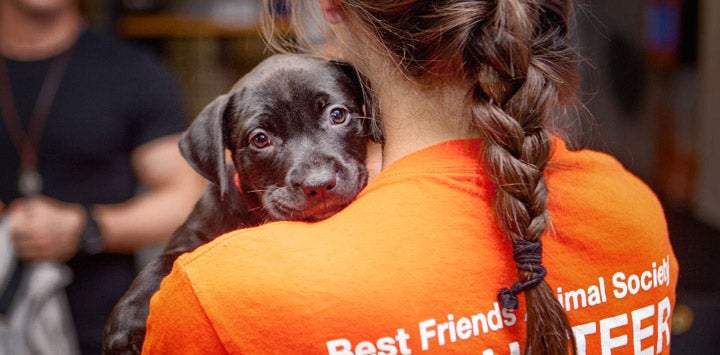
Planning Guide for Volunteer Returns Post-COVID-19
For many community-based organizations, recovering after COVID-19 may not be as simple as returning to business as usual—and that might not necessarily be a bad thing. Having to sit down and think of new, innovative ways to increase lifesaving while in lockdown has opened more progressive doors for development in our industry. We should be ready and willing to pass them along to our volunteers.
To plan for volunteers returning you’ll need to imagine what a sustainable future looks like for both your volunteer program and your organization. Here are some questions to help you anticipate changes to your community’s needs and the way you can adapt your program to these changes:
- What were our program’s core services before responding to the crisis?
- Will our community’s needs change post-pandemic? How will we reassess these needs?
- Will our organization continue pre-crisis programming, or do we anticipate that the community’s long-term needs will evolve?
- Do we have the tools and resources available to meet these long-term community needs?
- What changes to our programming will we need to institute to meet long-term community needs?
- When can volunteers return? How will we update volunteers on new procedures and logistics?
- How will we transition volunteers from their temporary crisis-response roles to their usual roles?
- How will we inform staff, volunteers, other stakeholders and beneficiaries about operational changes?
- Do we foresee any infrastructure redevelopment that will need to occur?
Once COVID-19 safety measures are lifted, your volunteers will need guidance on how to get involved again. Many organizations have adapted new protocols and strategies to adhere to social distancing regulations (expanding phone lines, instituting a newsletter, virtual adoptions, more robust foster programs or posting virtual volunteer opportunities). Consider which volunteer engagement strategies were successful; will you continue to apply these engagement methods throughout recovery? Develop post-crisis messaging to your volunteers and create a plan for how you will communicate with them effectively. What will future communication with your volunteers look like as the coronavirus outbreak becomes a thing of the past?
The more you can plan now, the more you, your staff, volunteers and beneficiaries will be prepared for returning. If you are feeling overwhelmed, start by creating a list of all logistics you will need to address as a volunteer manager or leader. Work with team members, volunteers and community partners for a brainstorming session. Prioritize the most important or most pressing matters on your list. This will help you to prioritize your returning resources, like funds and staff time.
While many organizations are still responding to the COVID-19 crisis, planning for returning is just as important to the continued well-being of your community. In addition to carrying out critical services, volunteer managers can benefit from taking actions to ensure their program’s long-term sustainability. For many, recovery won’t be immediate, but careful consideration of communications, financial and infrastructural recovery will help to ease a complicated transition.
Here is a basic checklist of ideas to get you started:
We hope this playbook will spark ideas and communications to better support your shelter team during these times and continue to help in the future. Be sure to check out the links below for more COVID-19 resources and other details that will assist during and after the pandemic. For more volunteer engagement resources, be sure to check out the Volunteer Program Overview as well as the Lifesaving Library on the Best Friends Network Partner Resource’s website.
![]() PARTNER EXAMPLES
PARTNER EXAMPLES
- American Pets Alive!: COVID-19 Animal Shelter Preparedness Guide
- Best Friends Mission Hills Volunteer Sample Communications:
- Homeward Pet Adoption Center- Health Advisory Protocol
- Homeward Pet Adoption Center- Safe Work Plan
- Homeward Pet Adoption Center Volgistics Welcome Page
![]() ADDITIONAL RESOURCES & INFORMATION
ADDITIONAL RESOURCES & INFORMATION
- Best Friends Animal Society: Network Partners COVID-19 Resources
- Better Impact/Volunteer Impact: Virtual Trainings & Guides
- NACA: COVID-19 Resources
- Volgistics: Support, Training & Tutorials